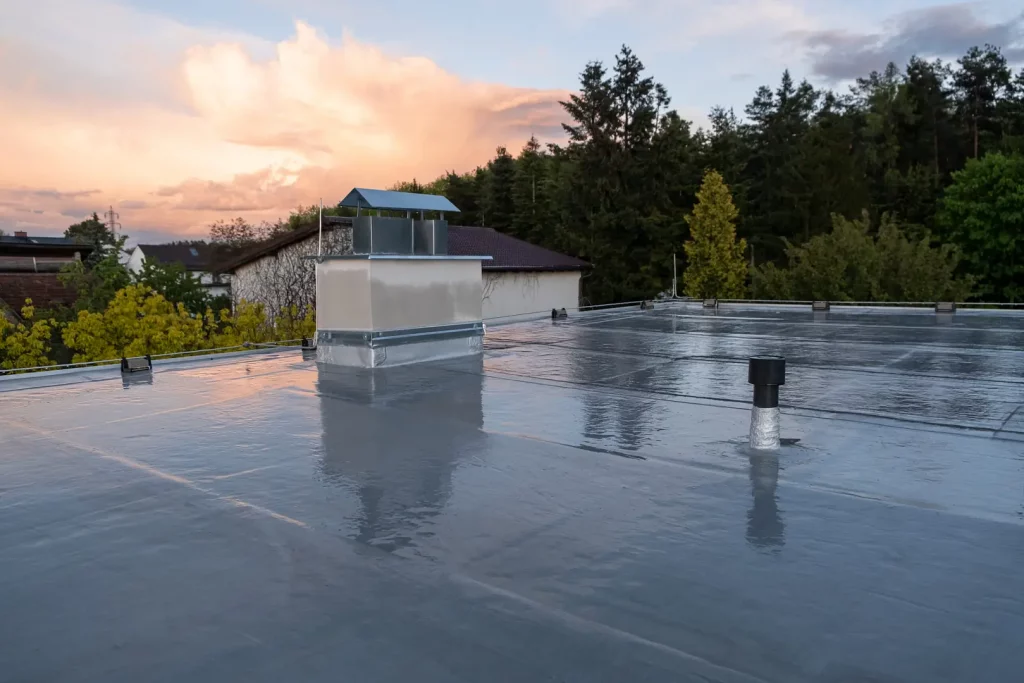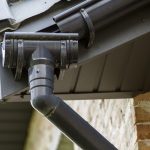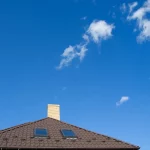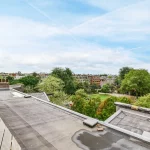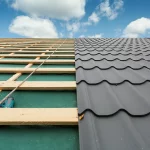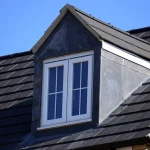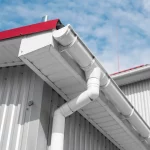Understanding the Basics of Flat Roofing in Kent
Flat roofs are a common sight in Kent, with numerous homeowners and businesses alike opting for this versatile, modern roofing style. Technically, flat roofs are not completely flat but have a very slight pitch to facilitate water drainage and prevent accumulation, which could potentially damage the roof. They are usually covered with a waterproof membrane to further enhance their resilience against the often unpredictable UK weather.
For many, flat roofs represent a symbol of modern architectural design, offering a clean aesthetic that works exceptionally well with contemporary and minimalist designs. However, their appeal is not purely visual. These roofs are known for their functional advantages too, such as providing additional usable space on the roof, which can be transformed into a garden, patio or used for installing solar panels.
The simplicity in design of flat roofs not only provides a sleek look but also makes installation quicker and less complex. This simplicity also extends to maintenance, with flat roofs typically being easier to inspect and repair than their pitched counterparts. By understanding these basics, it is easy to see why flat roofing has become such a popular choice in Kent.
The Structural Versatility of Flat Roofing
One of the most significant features of flat roofing is its structural versatility. Flat roofs can be installed on virtually any type of structure, from residential homes to commercial buildings, industrial facilities, and even small garden sheds. This versatility makes it an incredibly adaptable roofing solution regardless of the building’s architectural style.
The flat surface of these roofs offers a unique opportunity to utilise the roof space effectively. Whether you need extra storage, aspire to create a rooftop garden or want to install solar panels or HVAC systems, a flat roof provides the perfect platform. Even for structures with limited space, such as terraced houses, a flat roof can offer an invaluable extension of usable space.
Moreover, the design of flat roofs can be easily modified to suit different needs and preferences. For instance, you can incorporate green roofing solutions, skylights, terrace areas, or even rooftop swimming pools. Such versatility adds to the functional and aesthetic value of your property.
Assessing the Benefits of Flat Roof Systems
Flat roof systems yield a plethora of benefits, making them a compelling choice for both homeowners and commercial establishments. Perhaps one of the most obvious benefits is cost-effectiveness. Flat roofs require fewer materials and less labour to install compared to sloped roofs, resulting in significant cost savings.
Their easy accessibility is another distinct advantage. Regular maintenance and inspection tasks are easier and safer to perform on a flat surface. This ease of access also extends to the installation of satellite dishes, solar panels, or air conditioning units, making these tasks quicker, safer and potentially cheaper.
Furthermore, flat roofs are incredibly durable. With proper installation and regular maintenance, these roofing systems can last up to 30 years or more. They are designed to withstand the typical weather conditions in the UK, including heavy rains and wind, providing a long-lasting roofing solution for properties in Kent and beyond.
Why Flat Roofs are the Preferred Choice in Kent
Flat roofs are increasingly becoming the preferred choice in Kent due to a number of reasons. Firstly, the weather in Kent can be quite variable, with a mix of sunny, rainy and windy days. Flat roofs, with their sturdy construction and weather-resistant features, are well-equipped to handle this range of conditions.
Moreover, the architectural style of many buildings in Kent aligns well with the modern aesthetic of flat roofs. Whether it’s a suburban home, a city apartment building, or a commercial facility, flat roofs offer a sleek, contemporary appearance that complements the building’s design.
Lastly, the potential for additional outdoor living space is a significant attraction. In areas where garden space may be limited, a rooftop terrace or garden can provide a valuable and beautiful outdoor area. This feature alone can increase the value of a property, making flat roofs a savvy investment.
Energy-Efficiency of Flat Roofing: A Closer Look
Flat roofs are widely recognised for their energy efficiency. Their design enables them to provide excellent insulation, keeping properties warm in the winter and cool in the summer. This can lead to significant savings on energy bills.
Many flat roofs are also compatible with green roofing systems. These roofs are covered with vegetation, which provides additional insulation and helps to reduce the urban heat island effect. This not only helps to further reduce energy costs, but also contributes to a healthier environment.
Additionally, flat roofs are ideal for the installation of solar panels. Given their large, unobstructed surface area, they can accommodate more panels than sloped roofs, thereby maximising energy production and further enhancing the energy efficiency of the property.
Flat Roofing and Durability: A Win-Win Situation
While flat roofs are often seen as stylish and functional, they are also incredibly durable. With the right materials and proper installation, a flat roof can last for several decades. They are designed to withstand harsh weather conditions, including heavy rainfall, high winds, and even snow.
The secret to their durability lies in their construction. Flat roofs are typically covered with a waterproof membrane, which prevents water from seeping into the structure. This membrane, combined with the slight pitch of the roof, enables efficient water drainage, thereby preventing damage to the roof.
In addition, the materials used for flat roofing, such as EPDM (ethylene propylene diene monomer), TPO (thermoplastic olefin), and PVC (polyvinyl chloride), are known for their durability and longevity. These materials are resistant to UV radiation, temperature changes and various other environmental influences, thereby enhancing the lifespan of the roof.
Maintenance and Repair: Key Aspects of Flat Roofs
Maintenance is vital for any roofing system, and flat roofs are no exception. Regular inspections and maintenance can prolong the lifespan of the roof and prevent minor issues from developing into major ones. Fortunately, due to their design, flat roofs are considerably easier and safer to inspect and maintain than sloped roofs.
Minor issues, such as small punctures or wear and tear, can often be repaired quickly and inexpensively. However, it’s important to address these issues promptly to prevent water damage. Regular cleaning of the roof to remove debris and unclog drains can also prevent potential damage and help maintain the roof’s efficiency.
While flat roofs are typically low-maintenance, professional inspections and maintenance are recommended at least once a year. These inspections can identify potential issues and ensure that the roof remains in its best condition for years to come.
Choosing the Right Flat Roof Material: A Guide
Choosing the right material is critical to the durability, effectiveness and aesthetics of your flat roof. Common materials include EPDM, TPO and PVC, each with its own strengths and drawbacks.
EPDM is a highly durable synthetic rubber roofing membrane known for its superior weather resistance and longevity. TPO, on the other hand, is a single-ply roofing membrane that offers excellent heat resistance and energy efficiency. PVC roofing is known for its strength, durability and resistance to moisture, fire, and wind.
The choice of material will depend on various factors, including your budget, the building’s design, and specific roofing requirements. It’s always a good idea to consult with a professional roofing contractor to assess your needs and help you choose the most suitable material for your flat roof.


